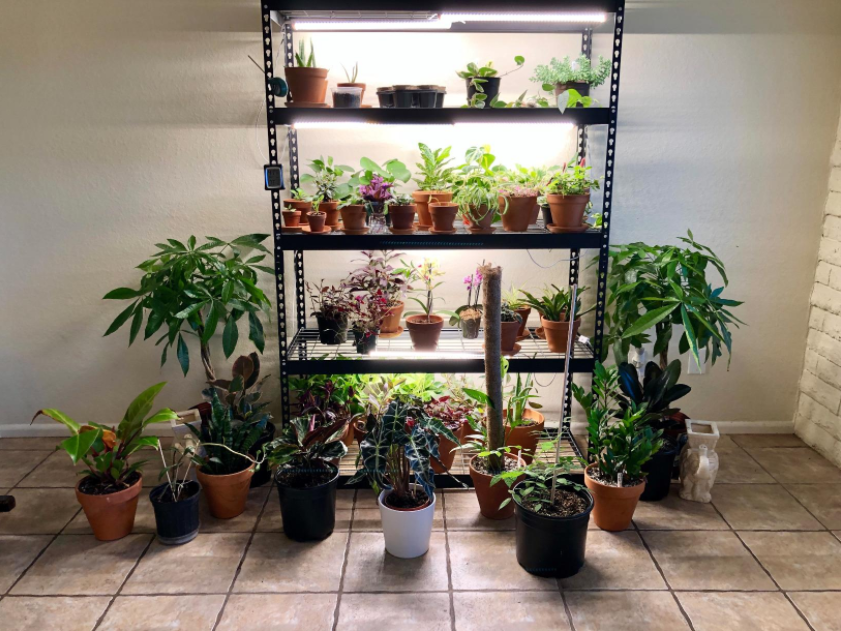This is an introductory article for three commonly used and important LED grow light terms: PAR, PPFD and PPF.
PAR, Photosynthetically active radiation
This term is often used when displaying and marketing LED grow lights. Often this term is misused and confused with PPFD, more on this later.
PAR is, simply put, the range of light that drives photosynthesis in plants. Photosynthesis is the process that drives plant growth. The better we stimulate photosynthesis in a plant, the more the plant will grow. Giving the plant too little light would poorly stimulate photosynthesis. Same thing applies if a plant receives too much light, which could also lead to light bleaching and leaf burn.
The so-called electromagnetic spectrum consists of x-rays, UV, visible, IR, microwaves, etc. Among all of these segments, a portion of the visible light is absorbed by plants (simplified, it’s between 400-700nm) This range is what drives photosynthesis. This is the Photosynthetically active radiation, or PAR.
PPFD, Photosynthetic photon flux density.
This is the most important term when it comes to grow lights. PPFD describes how many photons from the PAR-range (the range of photons with the correct wavelength to drive photosynthesis) that land on a specific area. With today’s tools, it’s possible to measure even more specifically how much light ends up on a certain spot, on a plant or on a leaf, for instance. A quantum meter is the right tool for this job. An Apogee MQ-500, for instance. Its sensor takes in how many photons land on it every second and then it translates that value to, let’s say, 500 µmol/m2/s.
That would mean that the photosynthetic photon flux density, the PPFD, is 500 µmol/m2/s.
We know what PPFD levels plants prefer during their different stages. If we know how much our plants want, and we’re able to measure how much is actually emitted, we’ll then be able to set up our grow area and lamp so that we give the ideal amount of light to our plants.
PPF, Photosynthetic photon flux.
This term tells us how much light, or rather, how many photons a light source emits in total per second. PPF does not take into account where the light lands or how it flows. It just describes the total output of photons from a lamp or any light source. PPF is measured in µmol/s.
Takeaways:
PAR: a specific range of light that drives photosynthesis within the electromagnetic spectrum (400-700nm).
PPFD: the number of photons (quantity of light) that lands on a specific spot.
PPF: the total amount of light emitted from a light source.

